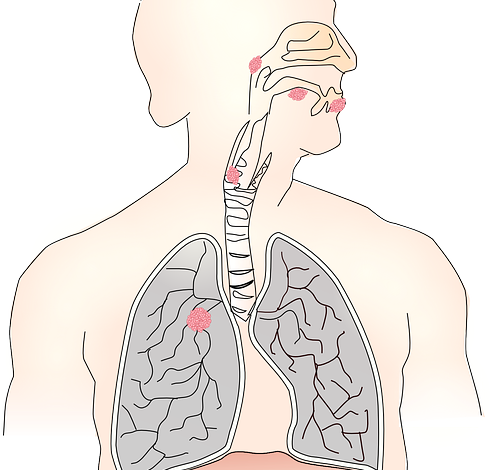Professor Seung-Hyun Lee of Kyunghee University has demonstrated for the first time the ‘Romo1’ protein that predicts the resistance of lung cancer patients.

Professor Seung-Hyun Lee of Kyunghee University has demonstrated for the first time the ‘Romo1’ protein that predicts the resistance of lung cancer patients.
For the first time, a research team led by Professor Seung-hyeon Lee of Kyunghee University’s Department of Medicine (Chairman Han Gyun-tae) found that the “reactive oxygen species modulator 1 (Romo1)” protein acts as a biomarker in predicting resistance in patients receiving targeted therapy. During the fourth stage of chemotherapy for lung cancer
Cancer biomarkers are substances that predict the response and survival rate of chemotherapy. The study was published in the International Journal with the title ‘Reactive oxygen species modulator 1 as a new prognostic and prognostic biomarker for EGFR mutant lung adenocarcinoma treated with targeted therapy’. As a result of this research, Professor Lee was awarded the Grand Prize at the “KALC International Conference 2021”.
Patients with stage IV lung cancer cannot have surgery. Therefore, it is treated with injectable drugs or oral anticancer drugs. In particular, lung cancer patients with epidermal growth factor receptor (EGFR) mutations receive targeted therapy between different types of chemotherapy. Targeted therapies show resistance after about a year of use, but there is no way to predict which patients will quickly develop a resistant response. With this study, it was possible to predict that overexpression of Romo1 protein in the patient body would lead to poor treatment response and shorter survival. To confirm the histological expression of Romo1, immunofluorescence reading and staining are required, and this process was handled by Professor Jeon Seong of Kyunghee University Department of Medicine.
For patients with Romo1 protein overexpression, it is preferable to choose a treatment modality that can follow the patient, such as combination therapy with a targeted anticancer agent and a cytotoxic anticancer agent, than to pursue targeted therapy alone. This research made “personalized medicine” possible for every patient. If a biomarker such as Romo1 can predict treatment response for each patient, it is possible to advance the optimal treatment by applying different therapies to each patient. Prof. Lee predicted, “Romo1 can help discover the optimal treatment that enables personalized treatment for each patient.”
Professor Lee plans to conduct a follow-up study on the meaning of Romo1 expression in that Romo1 showed meaningful results even in lung cancer patients who underwent surgery. Professor Lee said, “In this study, we only confirmed the expression of Romo1 in tissues, but we plan to further clarify the evidence as a biomarker by measuring Romo1 expression in the blood and the expression of the Romo1 gene.” He continued, “If Romo1 is associated with poor prognosis, there is also an intention to study the development of new therapeutic agents targeting Romo1.”